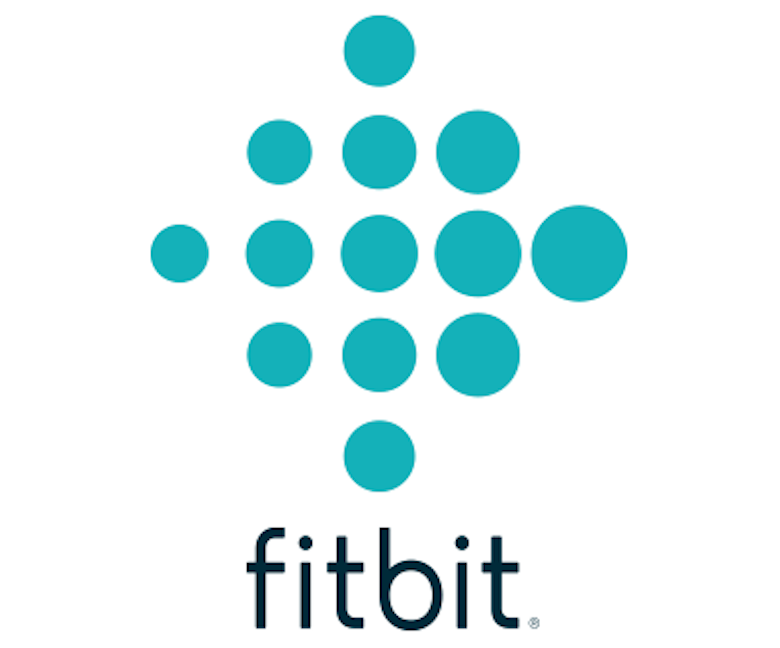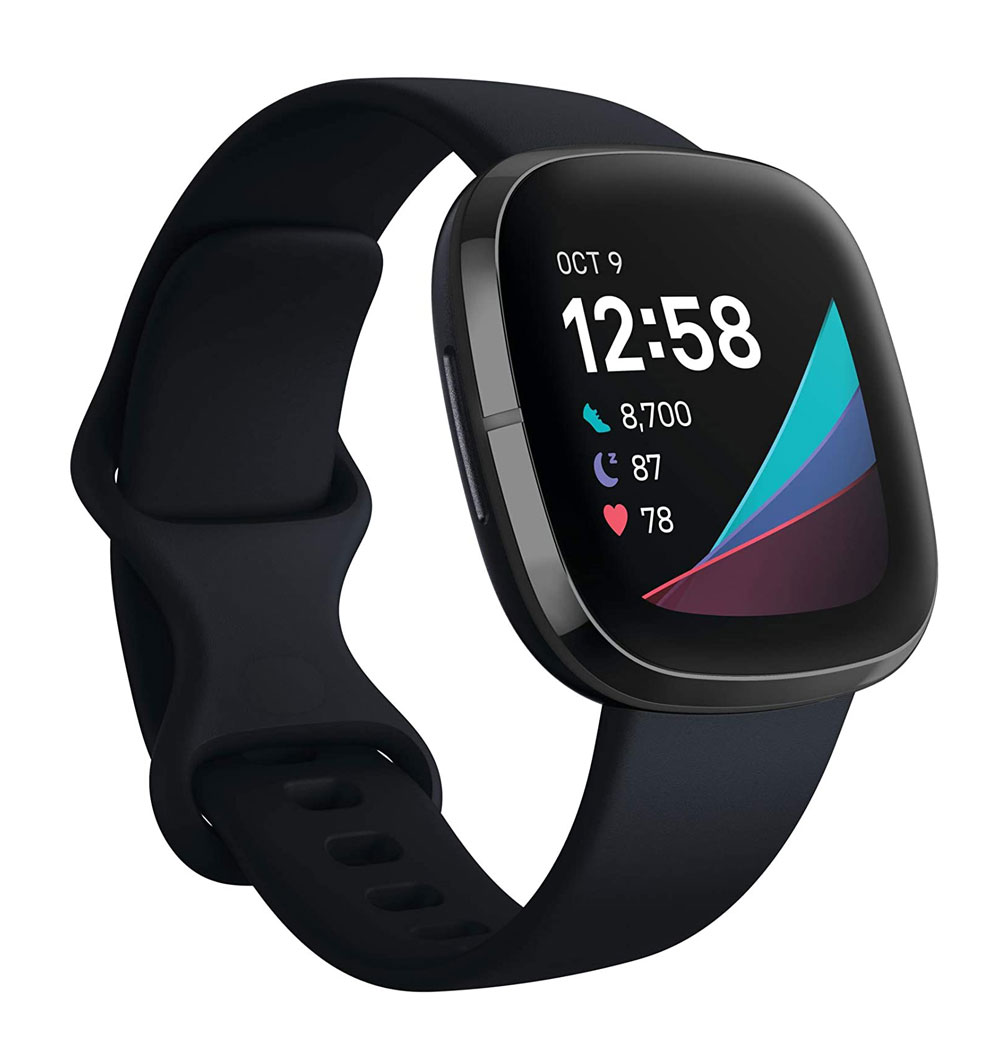

Kilburn didn't confirm what chipsets these watches will have, though. That suggests that other Android phone OEMs that used to be active in the Wear OS space could end up coming back. "It will enable the entire Android ecosystem of device-makers to bring their cutting edge hardware and software experiences to the wearable space like Android has done for phones," Kilburn said.

The partnership also looks like it could once again open up electronics partners to make Wear OS watches. YouTube Music is getting an offline music mode for watches, and so is Spotify.


A new Google Maps will work without a phone on the new Wear OS watches. Google's apps for Wear OS are also getting updates. Odds are that the platform will parallel what Samsung's already been building up on its recent Galaxy Watch Active wearables. These next-generation watches will be more cellular-ready, have better battery life, and also look like they'll have more fitness and health features. "We're seeing apps start up to 30% faster, and the performance is allowing us to add animations and transitions that are super smooth that we didn't have before, all of this powered on the latest chipsets," Bjorn Kilburn, director of product management for Google Wear, said on a Google Hangout call. The two companies are co-designing not just the next version of WearOS, but also its technical capabilities, including fitness sensor support and future chipsets for smartwatches. Samsung's partnership with Google looks to be extensive. Google and Samsung are making a new wearable platform And eventually, Samsung's watches may end up getting all those Fitbit features too. Bottom line: Samsung looks like it's going to be making what looks to be the go-to Android watch later this year, and Fitbit will follow after that. I spoke with Google, plus representatives from Fitbit and Samsung, to break it all down and understand what's happening.


 0 kommentar(er)
0 kommentar(er)
